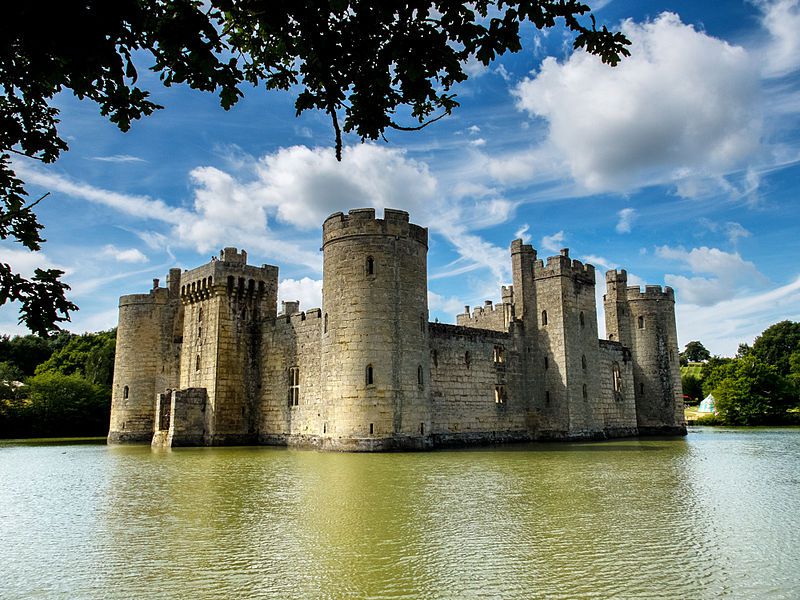Among the many helicoids with handles, the translation invariant genus one helicoid is by far the simplest. It was first constructed by David Hoffman, Hermann Karcher, and Fusheng Wei. You can learn almost everything about it from a single image.

The right hand side is a portion of the actual minimal surface, which extends by rotations about its horizontal and vertical lines to the complete surface.

The quotient of this surface by its vertical translation is a torus, and the presence of the two straight symmetry lines hint that this is a rhombic torus, which you see outlined black in the left top left image. Its two diagonals become the two straight lines of the surface. The trick is to see the surface patch to the top right as the image of the colorful rectangle on the top left. The top left and bottom right corners of that rectangle are bent together so that they touch, the horizontal edges align as the horizontal line, and the vertical edges align as the vertical line of the surface.
The two semicircular arcs become the half turns of the two helicoidal arcs, this allows to truncate the surface image nicely. The mesh lines of the colored rectangle are, incidentally, obtained by conformal mapping a rectangle to itself in a quirky way:

Here, the vertical edges of the left rectangle are mapped to the two semicircles, and the horizontal edges to everything else. The “extra” vertical lines are included so that we hit all vertices of the right rectangle by a parameter line.
So that is all very easy. The tricky part is make the right choices in order that the the two opposite corners of our parameter rectangle really meet. The horizontal alignment is achieved by using as a rhombic torus the funny 70.7083 degree rhombus we discussed last time. If you choose another rhombus, the two verical line segments will not match up.
To guarantee also a vertical alignment of the two corners, one needs to choose the location of the two points E1 and E2. To do this, one constructs a meromorphic 1-form on the torus which has simple poles at E1 and E2 and two zeroes at V1 and V2 (whose location depend on E1 and E2 by Abel’s theorem). The integral will map our colored rectangle to a slit domain consisting of two merged half strips. The ends of the half strip correspond to the two helicoidal ends of the surface.

That the two slits line up in this picture is no coincidence. E1 and E2 have been chosen so that this happens (thanks to the intermediate value theorem). Tt is exactly what is needed to achieve the vertical alignment of the two corners.
Advertisements Share this:





